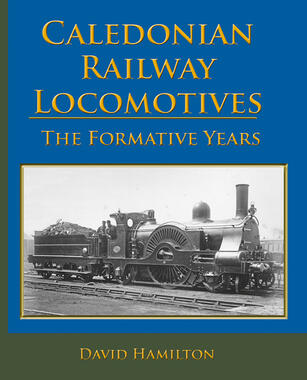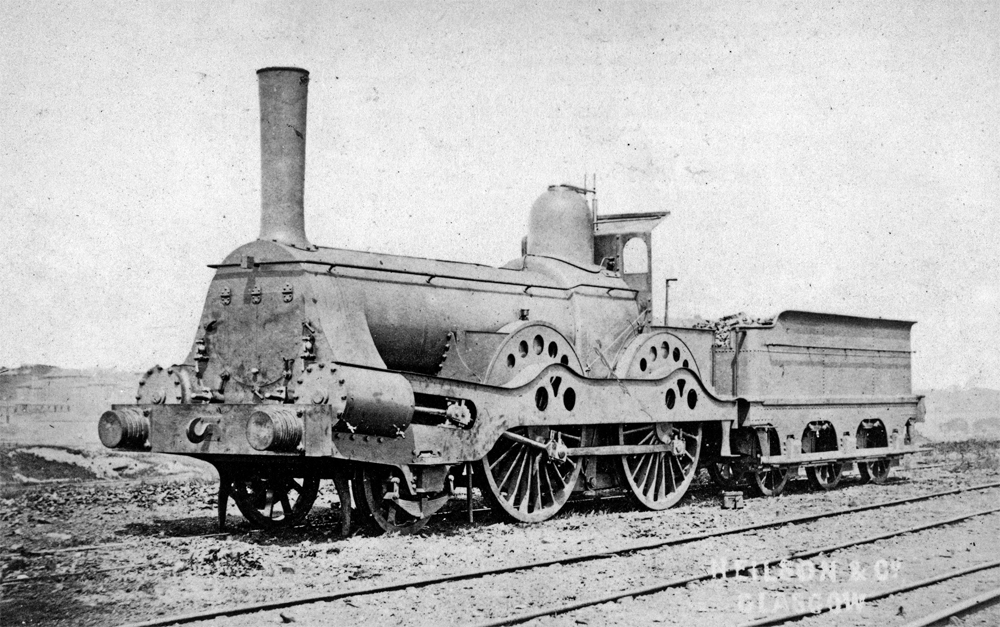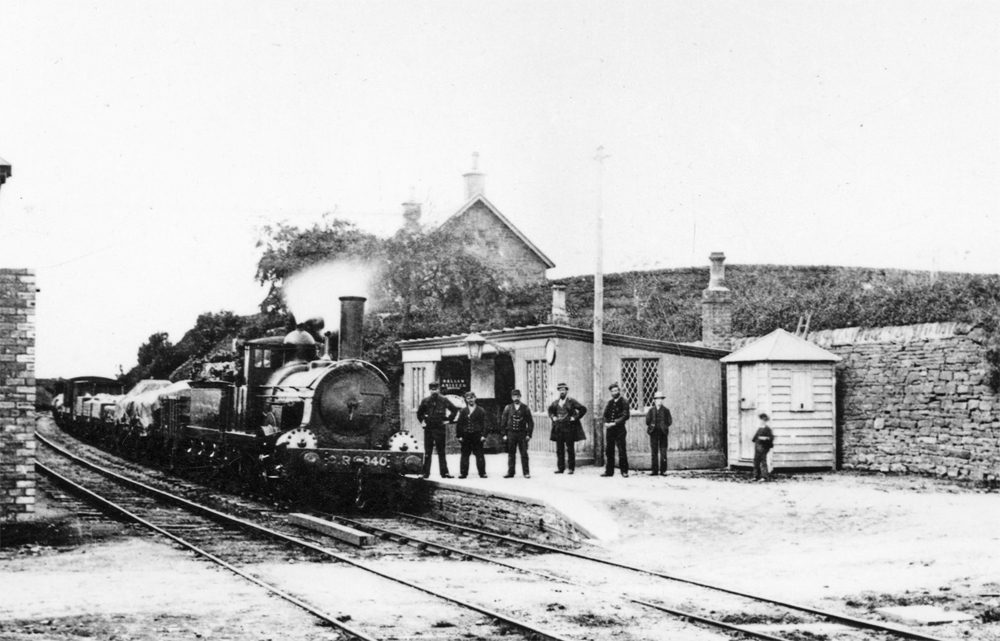Caledonian Railway Locomotives: The Formative Years

Caledonian Railway Locomotives: The Formative Years
David Hamilton
320 pages. 275x215mm. Printed on gloss art paper, casebound with colour laminated covers..
ISBN13 : 9781911038566
£35.00
David Hamilton
320 pages. 275x215mm. Printed on gloss art paper, casebound with colour laminated covers..
ISBN13 : 9781911038566
£35.00
The Caledonian Railway was a major company. Its lines spread from Carlisle to Glasgow, Edinburgh and Aberdeen, and it partnered the London & North Western Railway in operating the West Coast route, the first to run through trains from London to Scotland. Within Scotland, it served much of the industrial central belt, carrying significant volumes of coal and iron from a multitude of small mines and works. This required a large stock of goods and mineral locomotives, whilst passenger trains varied from expresses linking the major cities to humble tanks operating rural branch lines on relaxed schedules. The first lines of the Caledonian Railway opened in the late 1840s but some of its later absorbed constituents dated from the 1830s. The locomotives varied from the 8ft singles to the humble shunting tank. The Caledonian was at the forefront of several developments in locomotive design as it evolved to meet these needs. In this book, the author describes all the locomotives built for the Caledonian and its constituents up to 1882. That is a convenient point to conclude this volume as it marks the retirement of George Brittain. His successor, Dugald Drummond, introduced a number of changes in design that will be described in the second volume which will conclude the story of Caledonian locomotives. Several significant developments are covered within these pages, as the early engineers struggled to understand the basic principles of locomotive design. Coal took the place of the more expensive coke and the proportions of smokebox, firebox and boiler had to be adjusted. Proper braking had to be installed and even the poor locomotive crew had to be treated to more than a thin weatherboard as speeds increased. By treating these early aspects of design in detail, this book will appeal not only to those with a specific interest in the Caledonian Railway but to a wider audience who want to know more about how the Victorian steam locomotive developed.


Caledonian Railway Locomotives: The Formative Years - Sample Images

Plate 8.1 – An engine of the ‘189’ Class in ‘as built’ condition. These were the first Conner engines to be built at St. Rollox, and they exhibited many of his early design features. The ‘lift-up’ smokebox door is very clear, as are the leather buffers and spectacle plate for the protection of the crew. The rod which passes over the rear driving wheels at about 45 deg. is the control for the front damper on the ash pan. A very modern feature of the design was the fitting of sand boxes in front of the leading coupled wheel splasher.

Plate 12.12 – This photograph, dating from the early 1870s, shows CR No. 340, ex-SCR No. 68, of the SCR ‘66’ Class at Leysmill. This was the last and largest of the Alan 2-4-0s and here it is in original condition but for a new CR stovepipe chimney. It seems to have its work cut out with a long train of extremely mixed goods stock. This locomotive was rebuilt in 1875 and withdrawn in 1886.
